|
Large or small, bats have a bit of an image problem. The origins of bats Bats are one of the most prolific groups of mammals today, but the fear they generate often overshadows the fascinating fact that bats are the only mammals to have evolved powered flight, that they have been doing so for 50 million years or more, yet, their early evolutionary history is virtually unknown. The earliest known bat fossil is Icaronycteris from Wyoming, a fossil that is 51 million years old but since it looks very similar to modern bats, it doesn’t help science to figure out how bats evolved their unique bodies or the ability to fly. The anatomical characteristics of the fossil indicate it is likely Icaronycteris could already echolocate, so the origin of that trait too, is also unknown. Many of the earliest bats may have lived predominantly in forested environments, which are known to have poor preservation potential, even the fossil record of modern bats that live in forests and jungles is largely incomplete, probably for the same reason. Icaronycteris lived around lakes that were much better for preservation; the fine sediment and oxygen-depleted water on the lake bottoms allowed the bones to be covered quickly in an environment that scavengers and other decomposers couldn’t reach. With over 1400 species currently recorded, bats are actually one of the world's largest groups of mammals (just behind rodents) and make up a fifth of all known mammal species. They range in size from the 25mm Kitti’s hog-nosed bat (Craseonycteris thonglongyai) weighing 2g to the enormous, 1.3kg Giant golden-crowned flying fox (Acerodon jubatus) with a wingspan of 1.7m. Their diets are as diverse as their size, feeding on anything from fruit and nectar to insects and blood. Bats are very rarely at the top the favourite animals list, but perhaps to some degree, they should be. Why bats are important Bats get a pretty bad rap due to countless myths and common misconceptions, in reality, they play an extremely important role in the environment, from pollinating plants, spreading seeds and managing insect populations. The pollination of plants by bats is called Chiropterophily and globally over 500 plant species rely on bats to pollinate their flowers and whilst these plants rely on bats, the bats rely on the fruit and flowers these plants provide for their own survival. Like birds, some bats play a critical role as re-foresters, spreading the seeds of trees and other plants as they travel from place to place. Fruit is a plant’s way of enticing animals to eat and disperse their seeds and many plants choose to attract bats. The fruit bats then carry seeds inside them as they digest the fruit and excrete the seeds far away from the parent tree with even their own ready-made fertiliser. The seed dispersal has been known to play a role in helping natural regrowth after forest clearances in tropical and sub tropical areas. Nearly 70% of bat species are insectivorous, including here; Irish bats only eat insects. In a single night, a pipistrelle bat can eat as many as three thousand small insects including midges, moths, mosquitoes and tiny beetles. Insect-eating bats are great for keeping bug numbers down and a study in the US found that the natural pesticide services from bats were likely to be worth over $3bn a year. When bats are around to eat the insects, there is less damage to crops, and because bats eat so many insects in some regions, they can also reduce the need for chemical pesticides. Long live bats!! The aging pattern for mammals is that larger species are generally longer-lived than smaller ones, however, bats are a major exception to this. For decades, biologists have noticed that bats live much longer than they should according to their body size. If you think of a mouse, which is a comparable size, their average lifespan is less than 3 years. A male Brandt’s bat (Myotis brandtii), however, weighing just 7g, has recently been recaptured in the wild 41 years after its original ringing, making it the world’s longevity champion for small mammals. Bizarrely, all of the oldest bats are male; it is not clear why all long-lived individuals are male, but the same pattern has been reported in another exceptionally long-lived bat species, the little brown bat (Myotis lucifugus), recorded at 35 years. Researchers aren’t exactly sure why this is, but a recent genome sequencing study on Brandt’s bat shows one of its genes, one thought to be linked with body size and aging, is unique when compared to other mammals. Scientists also believe the answer may lies in bat DNA, specifically telomeres, the caps on the ends of chromosomes. Basically, the length of telomeres determines lifespan length. Myotis bats — also known as mouse-eared bats — do not experience wear and tear on their telomeres, that typically in other species, deteriorate over time. Researchers say that studying mouse-eared bats could provide essential information on engineering anti-aging drugs for people. Virus vectors Many people associate bats with carriers of disease, especially viruses and yes, bats have been strongly linked to Covid-19 though yet to be definitively proven, but they are also known to rarely get sick themselves. Over the last decade improved techniques for disease detection have implicated bats as likely reservoirs and vectors for a growing list of pathogens that can affect humans and domestic animals. Recent research has identified molecular and genetic mechanisms that allow bats to stay healthy while hosting viruses that have the potential to kill other animals, including people. The research has suggested that stresses on bats, such as confinement and habitat loss disrupts the virus balance of their immune system and allows the virus to multiply, providing a latent reservoir that may spill over into other species. The study tried to understand bat’s immune systems by attempting to trigger an immune response. The test bats displayed none of the most common signs of illness; they had no fever and no increased white blood cell count; for reasons not well understood, bats seem unharmed. They have a sort of super immunity, the bat cells adapt by maintaining a natural antiviral response, a function which shuts down in other species, including humans rather than producing inflammation-causing proteins that are the hallmarks of sickness. Operating together, these adaptations result in the virus remaining long-term in the bat but being rendered harmless to the bats and others until something, such as disease or other stressors, upsets this delicate equilibrium. Threats to bats
Sensational headlines at the beginning of the pandemic last year, mainly from the tabloid press and entreaties such as ...' with the terrifying death toll bats have been blamed for around the world, why are we protecting them?', negates in peoples minds the great benefits that bats provide for the natural world and, in turn, ourselves. They are facing more and more direct threats from people who assume all bats carry covid-19 (and, none of them do) and are destroying colonies that may be protecting their future crops from infestations of insects or even worse pollinating the crops which supply the food they grow.. The loss of natural habitats remains the most widespread threat for bats worldwide indeed forest habitats are disappearing at an alarming rate — the result of timber harvesting, mining operations, cattle pastures and tillage and continual urbanisation. The danger is even more significant for tropical rain forests, home to the richest diversity of bat species, and intensive agriculture with the increasing use of pesticides may mean that bats go hungry from the lack of insect prey. In Ireland, the destruction of hedgerows and woods in farmland is also concerning, as bats rely on these features for roosting but also for navigating their way around and for hunting. Bats also remain vulnerable to threats such as water pollution, increased artificial lighting at night and pesticides. Though we may not think of them as lovable creatures, they are an essential part of a natural, well functioning ecosystem. It is when, through our incursion and destruction, these ecosystems break down, that we then release, often deadly, diseases into the world.
0 Comments
Leave a Reply. |
WildEdges
A haven of quiet countryside highlighting issues affecting the natural world. Categories
All
|
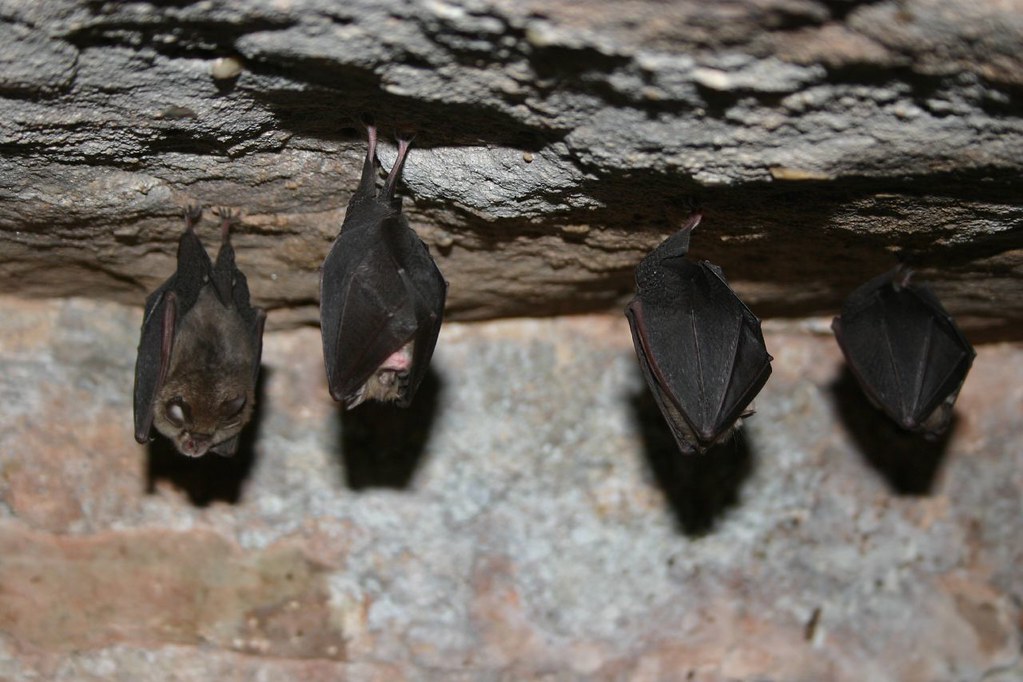
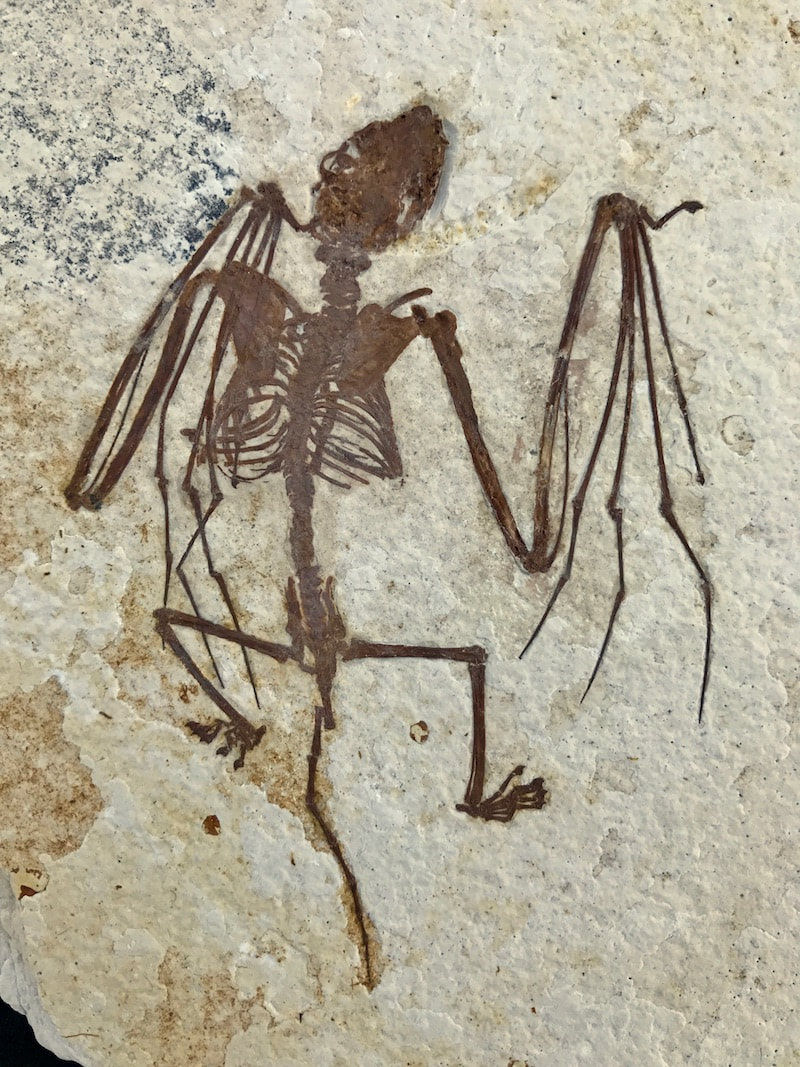
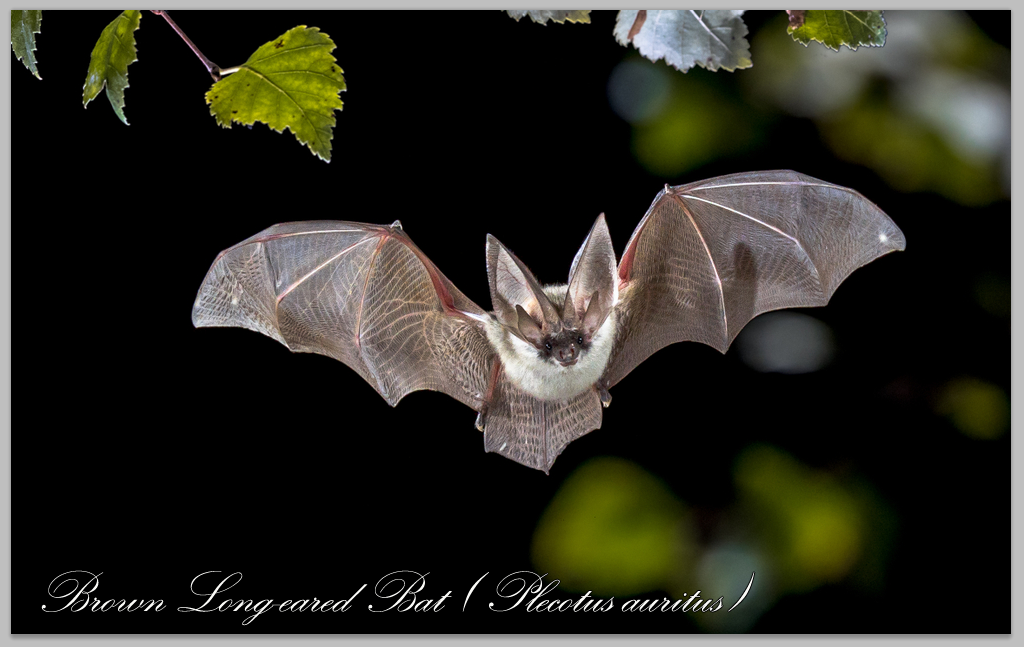
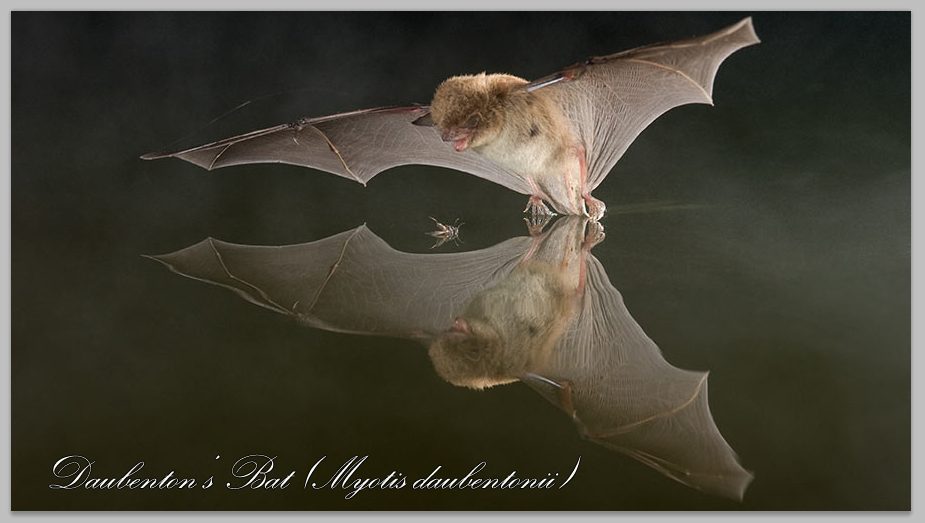
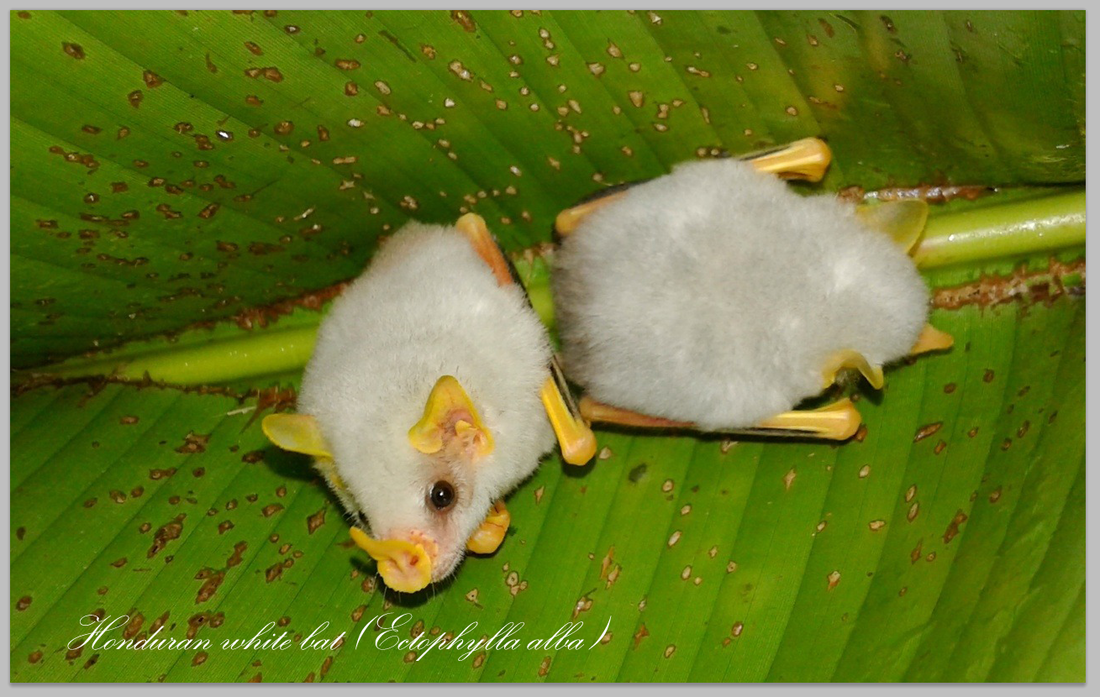
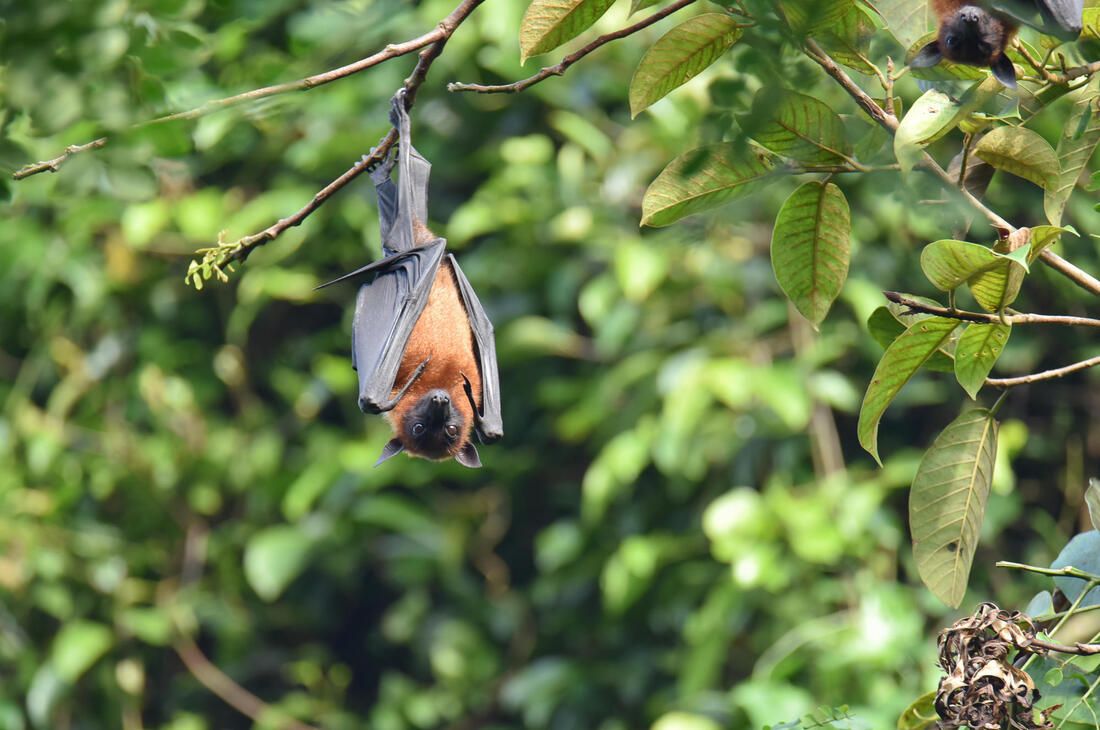
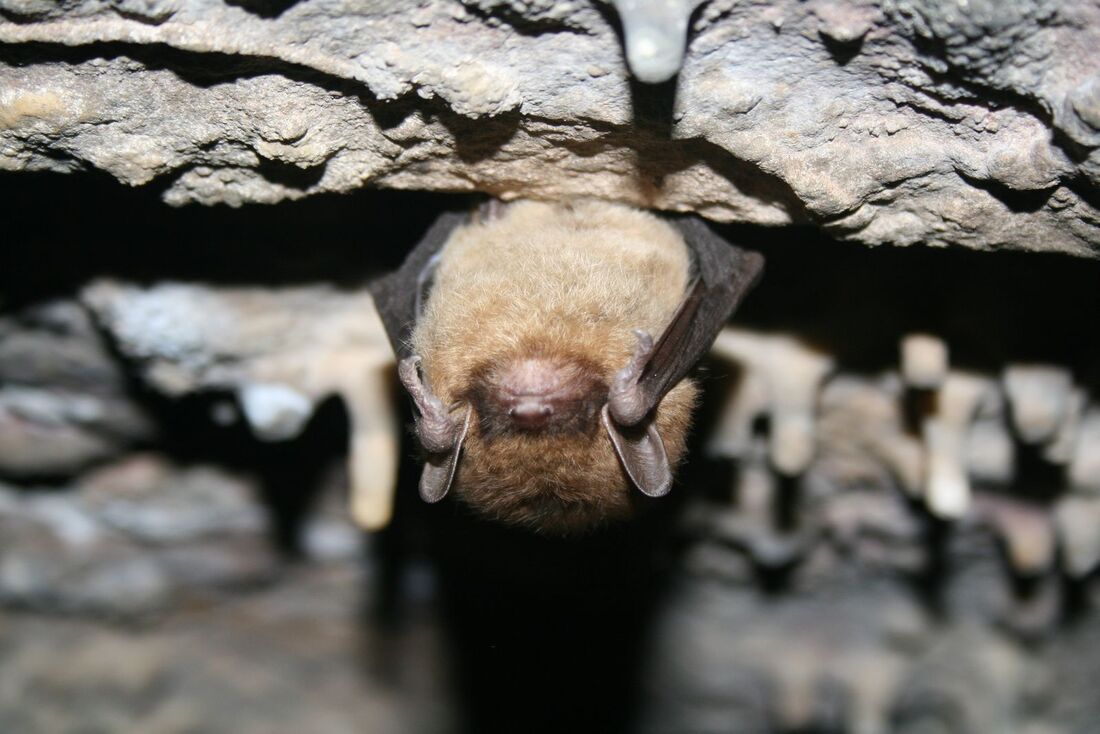
 RSS Feed
RSS Feed